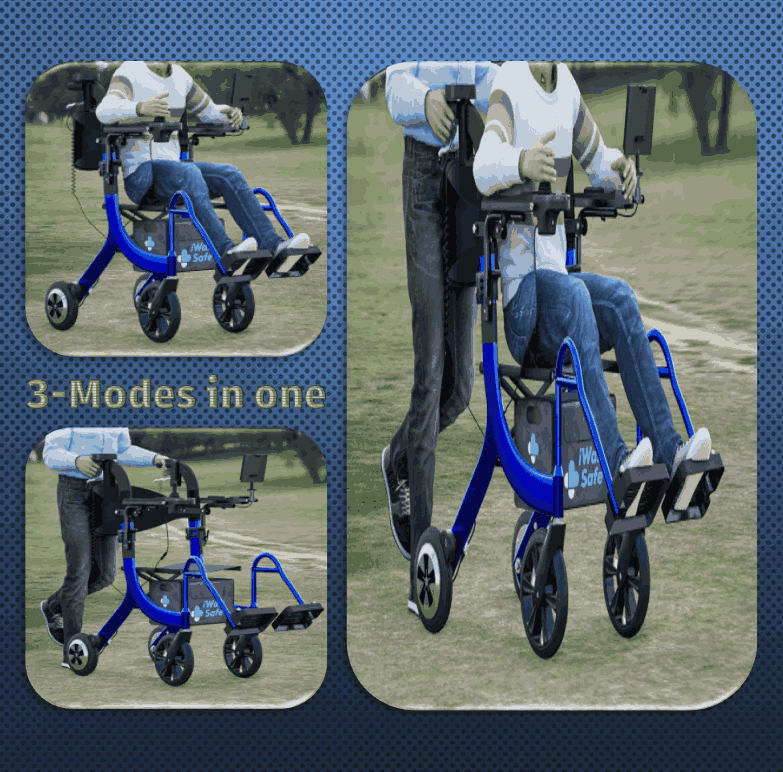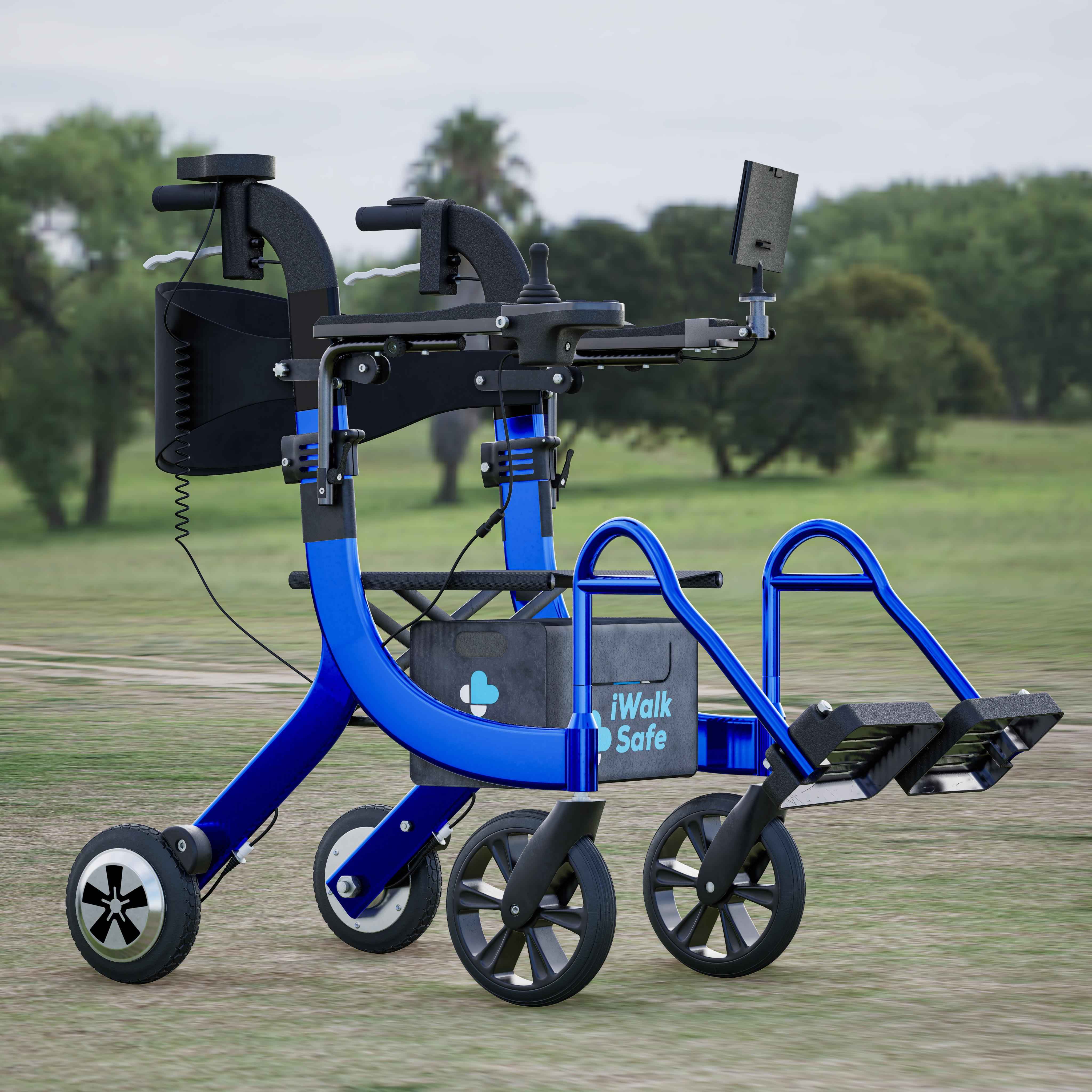
SMART TOUCH SCREEN
VITAL SENSORS
AUTO BRAKE SYSTEM
MOVING JOYSTICK
HEIGHT ADJUSTMENT KNOB
PORTABLE BAG
MOTION SENSORS
PUNCTURE PROOF WHEELS
CONFORT GRIPS

Who needs a walker?
Walkers are an important assistive device for people who have difficulty walking unassisted, helping them maintain mobility and continue an active lifestyle. An inactive lifestyle can lead to weakened motor skills, which in turn can lead to injury, so elderly adults must stay active. Walkers provide stable support while users walk and may help them avoid falls by offering a structure to hold during a stumble or dizzy spell.
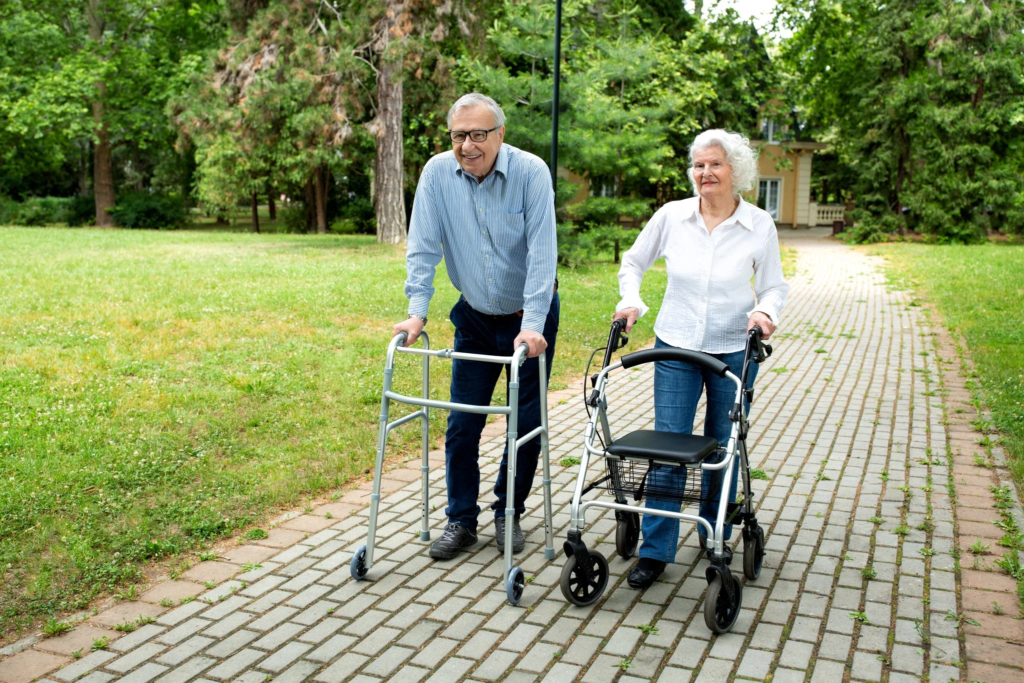
CURRENT PROBLEM IN THE MARKET
Conventional walkers include some inherent problems. Some walkers require the user to lift and move the device forward as they walk. This
action can make walking awkward and unnatural, may be difficult for users too unstable or too weak to lift the walker, and makes the user less stable while he or she is lifting the walker. Other walkers are equipped with wheels that allow for a more natural gait and do not require lifting, but they do make the walker less stable. Additionally, a
wheeled walker may roll away from the user on an incline, rendering it useless. Wheeled walkers are often designed with hand brakes to address this problem. These hand brakes often resemble
bicycle hand brakes, requiring the user to squeeze a handle to engage. While manual hand brakes give the user more control over the walker, a user with arthritis or other debilitating injury or illness may lack the strength or coordination to operate them effectively.
UNIQUE
AUTHENTIC
FIRST TO MARKET
TESTED
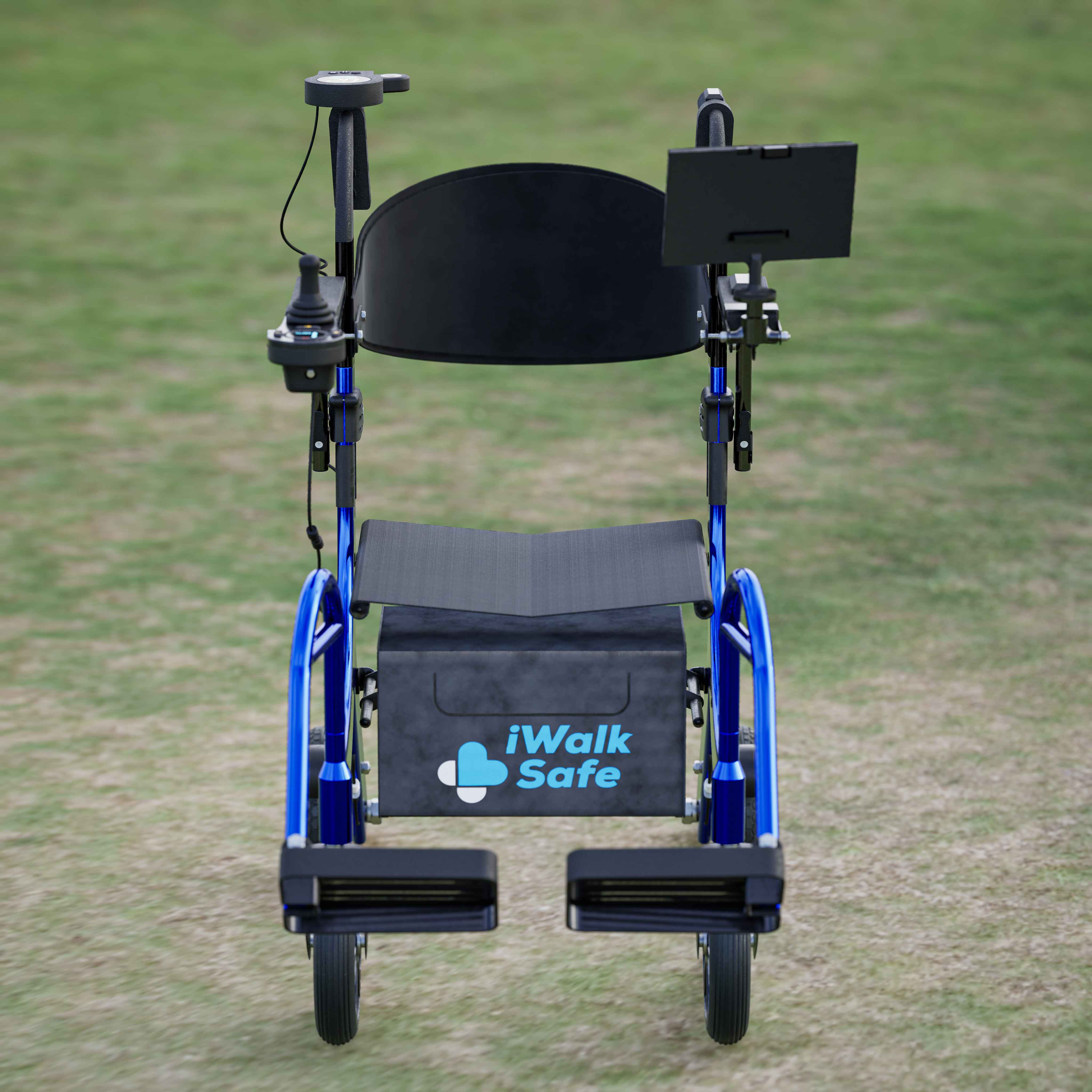
Lightweight
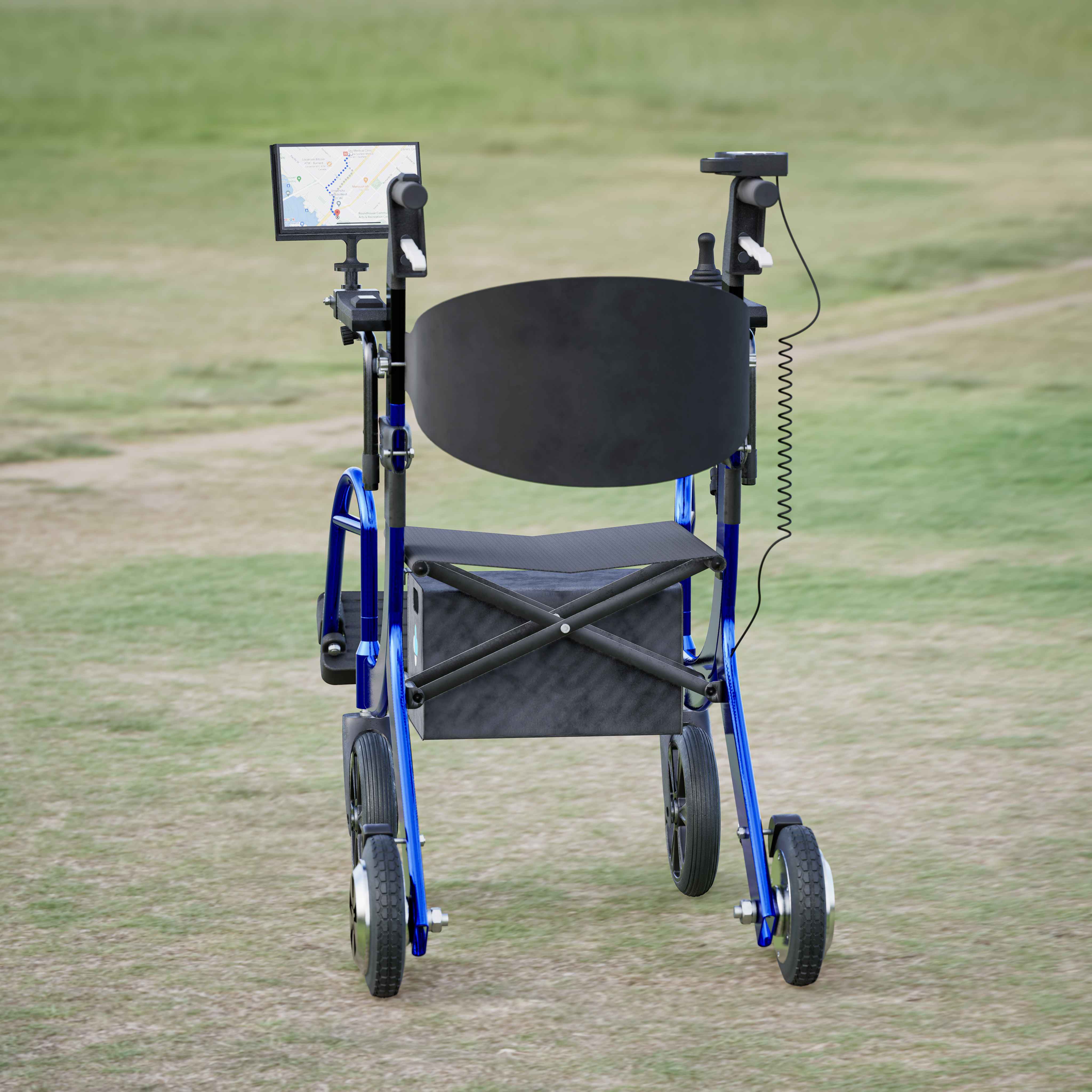
Display the route and vital signs on the screen
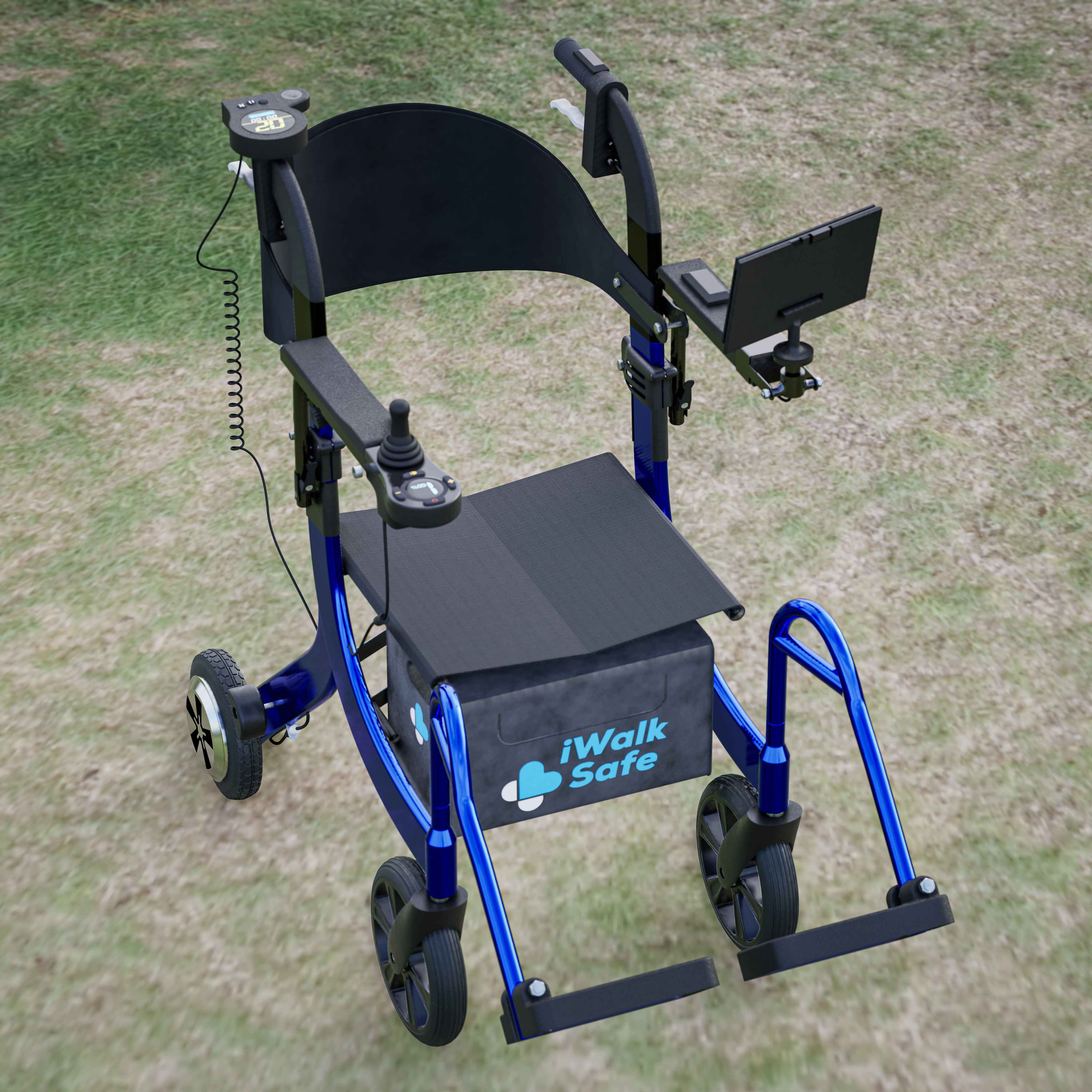
shopping cart and seat
